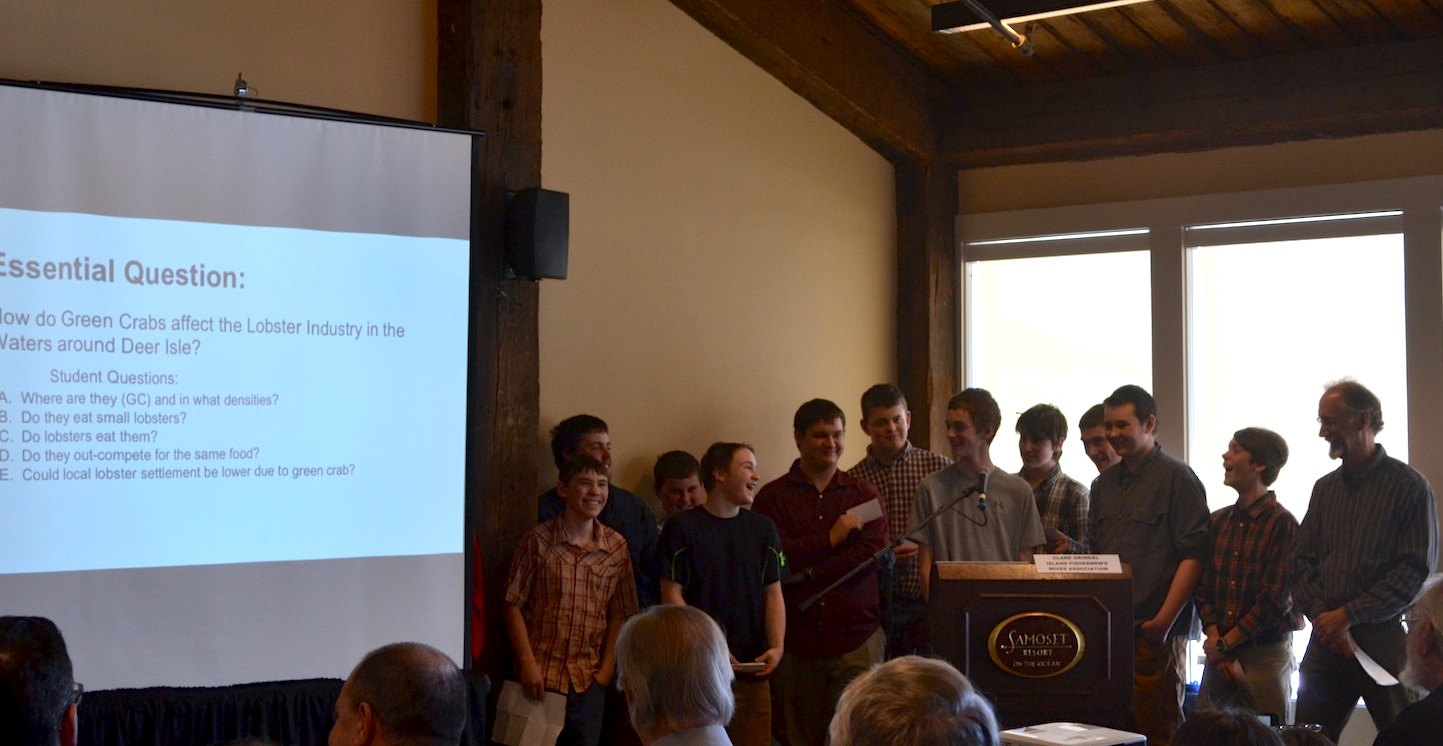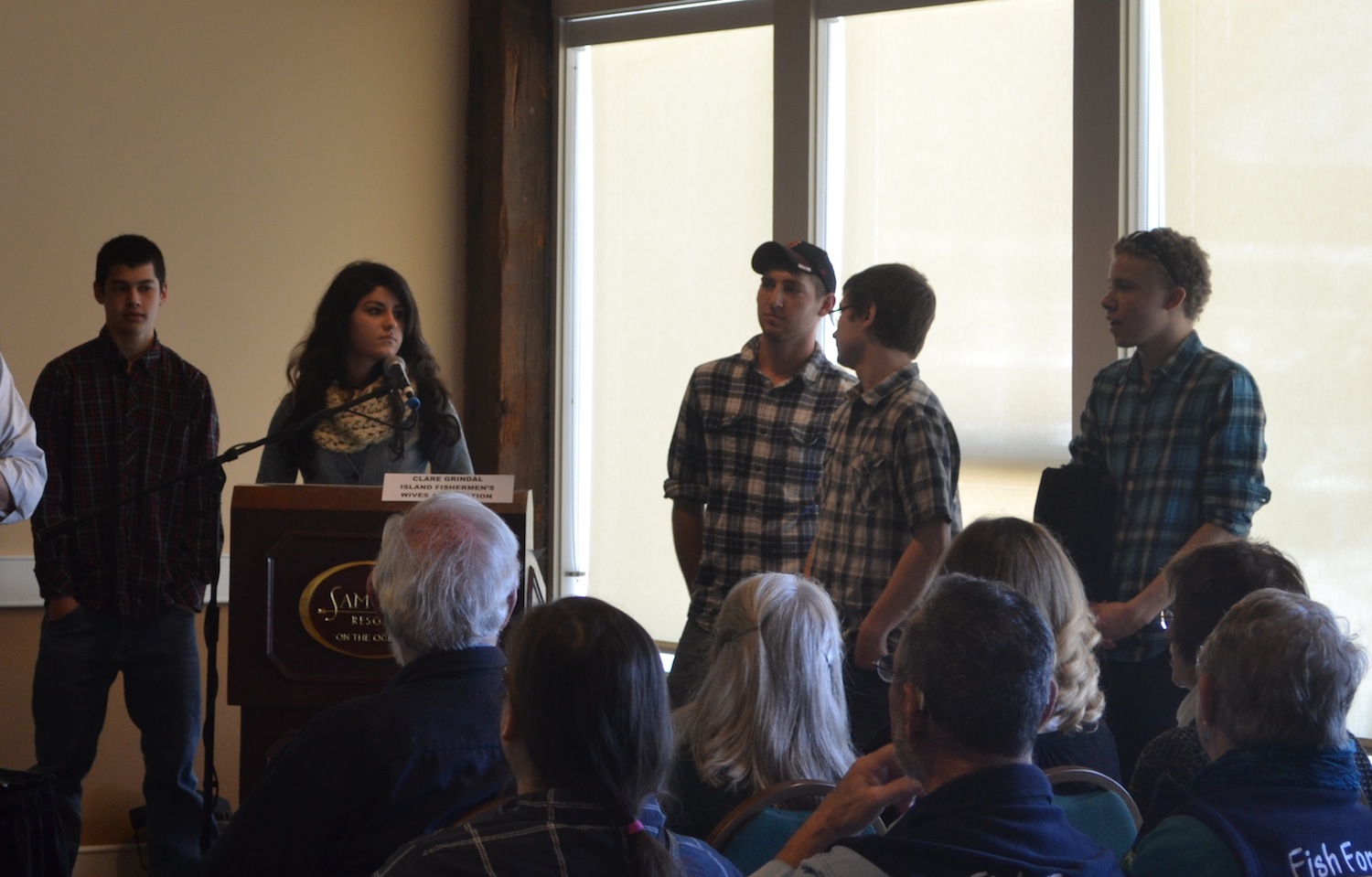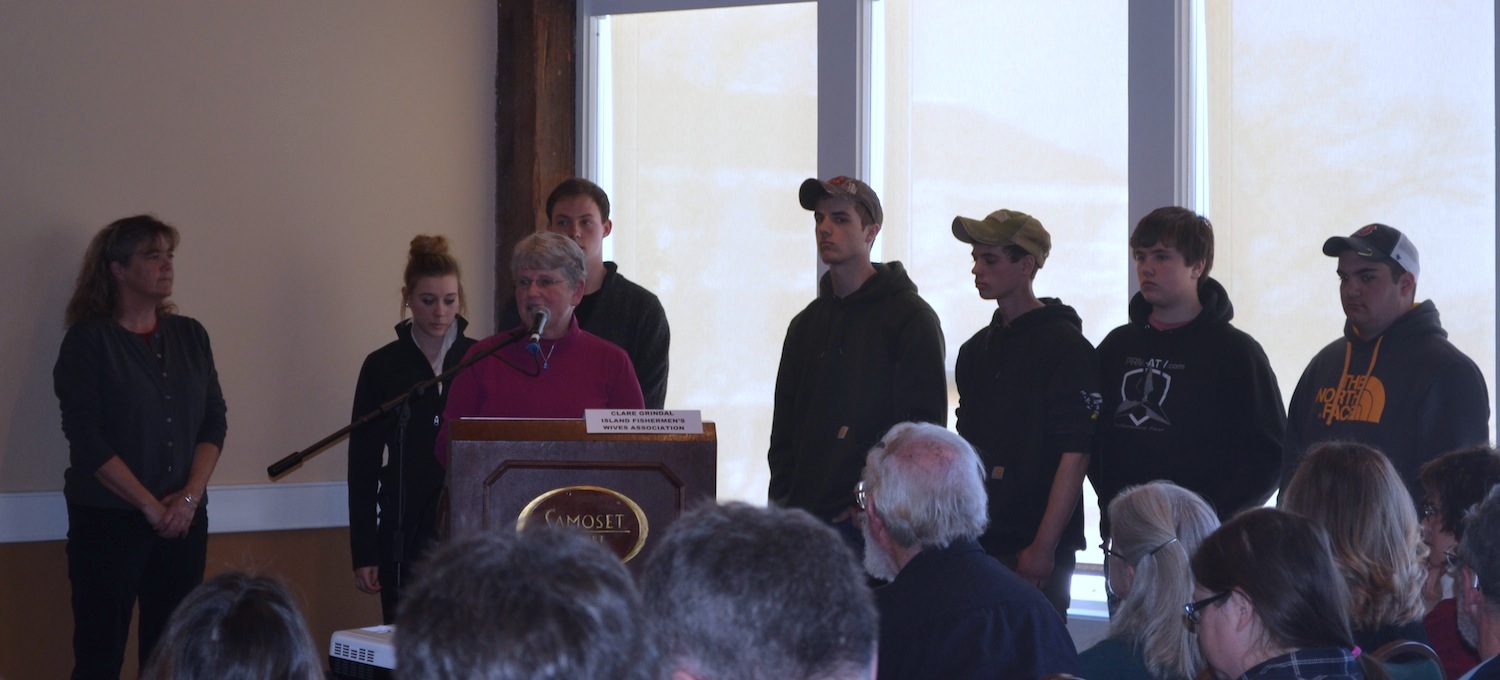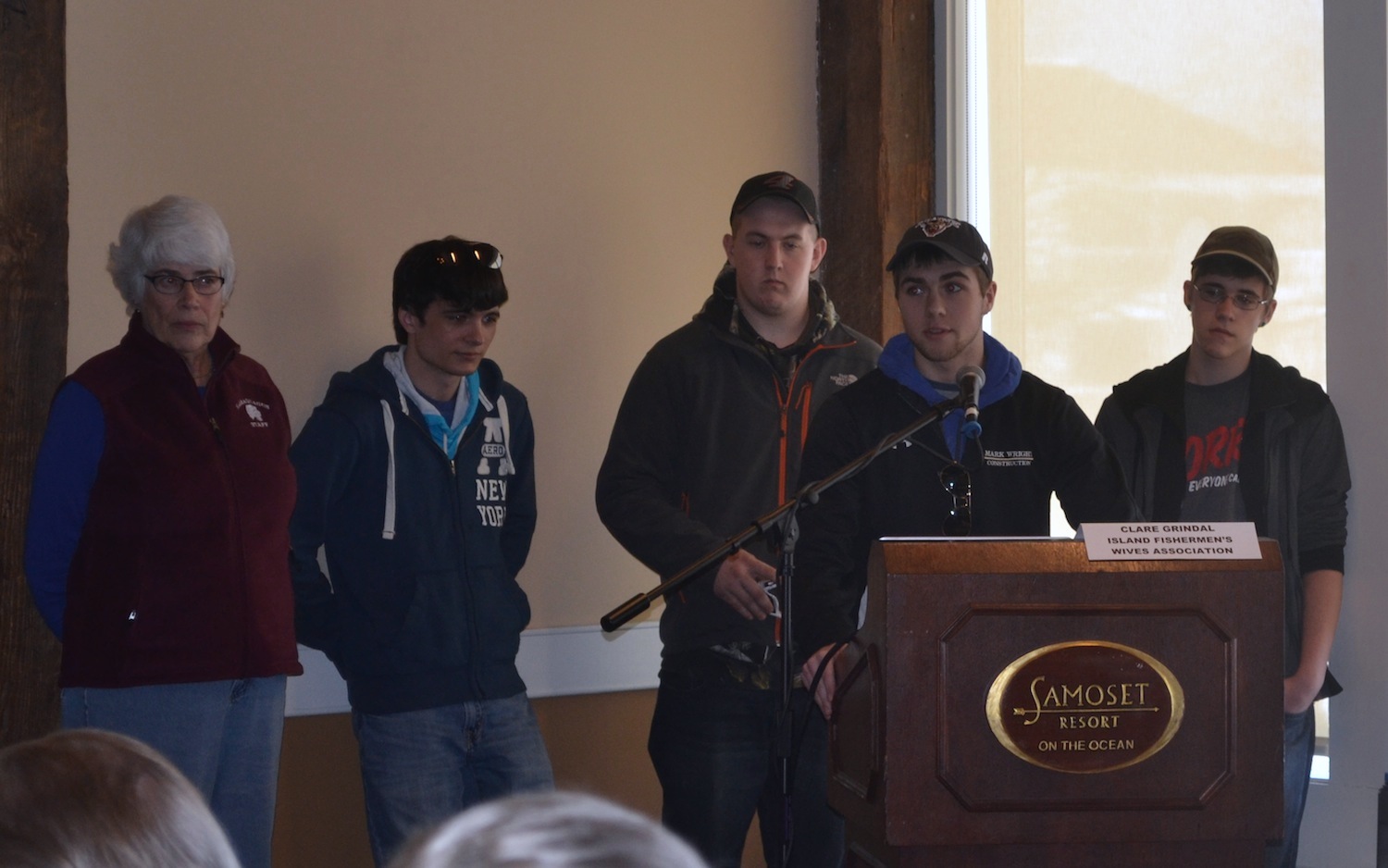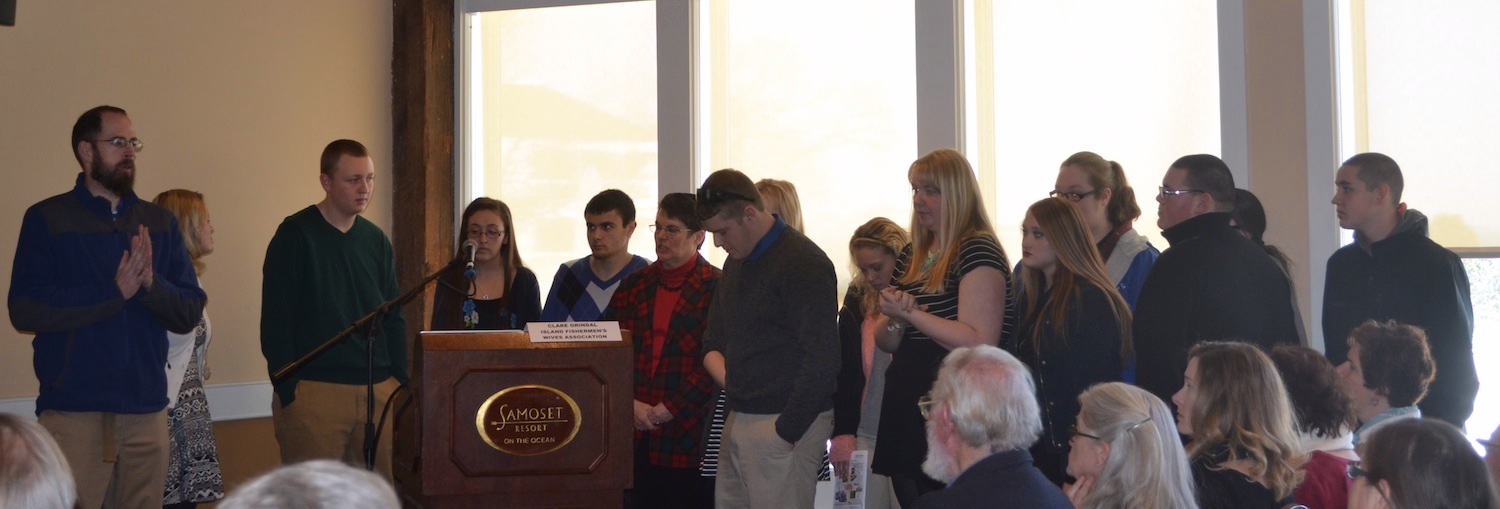We are excited to have finalized the team for our summer season on Hurricane Island! Our summer interns will arrive in late June and help with the delivery of our middle and high school summer programs. They are an integral part of our community and we are looking forward to having them on the island. Stay tuned for updates from our interns about programs on the island, research, and more!
Jacqueline Rosa - Science & Experiential Education Intern
Originally from Connecticut, Jacque earned her degree in Marine Science from the University of Maine. During her time at UMaine, she spent a summer working at the Darling Marine Center (DMC) while completing her capstone research on the American lobster. Jacque then participated in the DMC's Semester by the Sea program. After graduating, she moved to California to work as a Marine Science Instructor at Catalina Island Marine Institute. She is passionate about helping kids gain environmental awareness and is excited to be back on the beautiful coast of Maine (and finally eat lobster again!).
Olivia Lukacic - Science Education Intern
Olivia was born and raised in Massachusetts, but has now fallen in love with Vermont while attending the University of Vermont for the past three years. Studying environmental science and forestry has allowed her to critically look at the space around her with greater understanding. Although she spends classroom time daydreaming about being outside, she hopes to work to combine education and the environment to inspire the younger generation of scientists! While at school she spends many of her mornings on the Lamoille River watching the sunrise as a member of the women's rowing team. Waking up in the dark is tricky, but she would not trade the unique perspective on the river for anything. When Olivia is not rowing, she loves hiking, climbing, exploring, as well as reading and cooking! During winter, which is in her top two favorite seasons, she loves cross country skiing, snowshoeing, sledding and making paper snowflakes. Her love for the outdoors began while growing up on conservation land and she continues to be curious about everything that goes on around her, and particularly loves swapping knowledge about the natural world with others. Olivia's family spent many summers camping on the coast of Maine and she cannot wait to live on the Island this summer!
Bailey Moritz - Scallop Research Intern
Though a proud Seattleite at heart, Bailey is currently a junior studying Earth & Oceanographic Science and Environmental Studies at Bowdoin College in Maine. Last summer she was on campus researching ocean acidification in a clam flat and getting covered in mud. In hopes of improving her Spanish skills, she went abroad on an ecology and marine conservation program in Panama, living with home stay families, researching Caribbean spiny lobster, and eating lots of plantains. Interested in the interaction of society and marine resources, she hopes to pursue fisheries science in the future. After becoming a leader for the Bowdoin Outing Club, she tries to spend most weekends exploring some corner of Maine by foot, canoe, or white water raft. Scuba diving has been her favorite activity since high school and inspired an awe and passion for the underwater world, which she loves to learn more about and share with others. Whenever she has free time, she plays percussion in a Middle Eastern Ensemble and can't pass up a good round of board games.
Silas Rogers - Sustainability Intern
Silas grew up in the foothills of western Maine, but finds himself at home on Maine’s coast, and on the water. He is currently enrolled at The Apprenticeshop, a school for traditional boatbuilding in Rockland, Maine, for a two-year apprenticeship. There, he is honing his skills as a woodworker, building and restoring wooden boats.
Silas enjoys activities such as biking, skiing, rowing, and sailing. Another of his favorite pastimes is playing music. He has been part of many music groups over the years, playing a mixture of instruments including fiddle and guitar, and hopes to bring music to the island this summer.
Excited to be a part of the Hurricane Island family, Silas is full of enthusiasm and energy, guided toward understanding and improving the island systems. He is always ready to take on a challenge, especially if it is hands-on.






